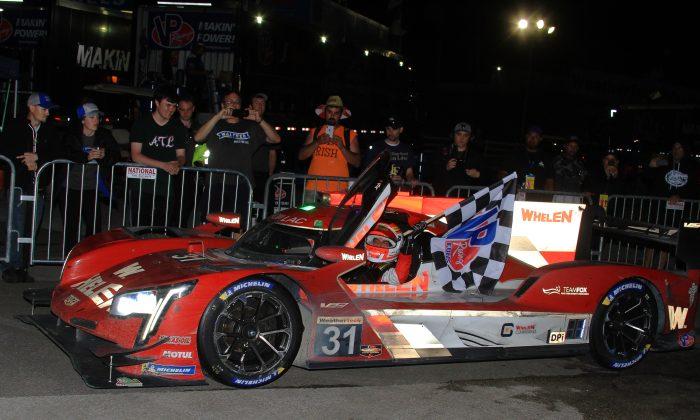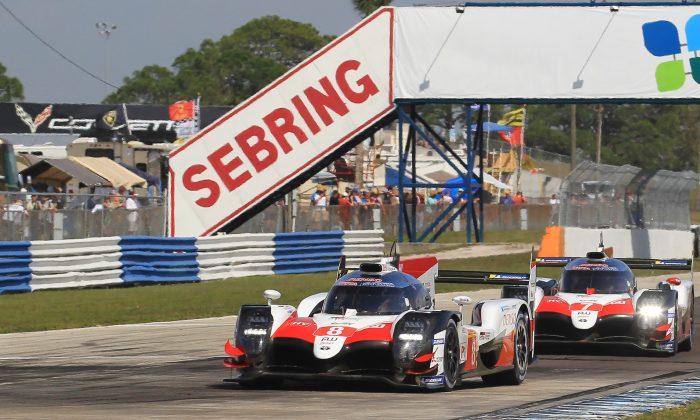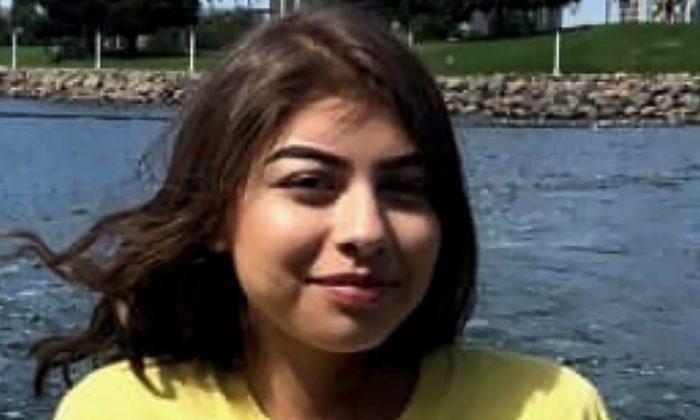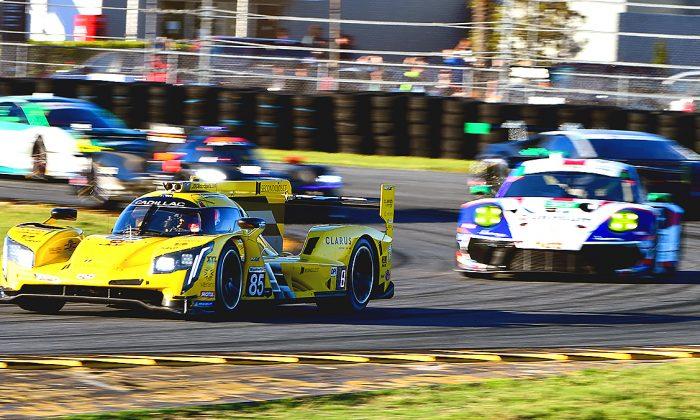Stage Two of the Amgen Tour of California went as expected: the 20-km time trial was won by one of the fastest TT riders in the world, Sir Bradley Wiggins of Team Sky. The 34-year-old Englishman finished the slightly lumpy course in 23:18, averaging 32 mph.
Second behind the 2012 Tour de France winner was Rohan Dennis, a 23-year old Aussie riding for Garmin-Sharp, who completed the course in 24:02, 44 seconds slower—and Dennis is quick. It is just that Bradley Wiggins is in a class almost by himself (Omega’s Tony Martin is his only worthy adversary in a time trial.)
American Taylor Phinney finished third. The 23-year-old BMC rider finished only eight seconds behind Rohan Dennis.
Wiggins radiated quiet confidence while talking to NBCSN after the stage.
“I’m in a really good place. I said in a press conference the other day, I’m probably a bit ahead of where I was in 2012,” he said referring to the year he won the Tour de France. “I’ve worked hard for this. As I’ve said all year this has been my goal. So far so good; it’s all gone to plan. You have a plan in your as you imagine how you’re going to come, and so far, at the end of today, it’s probably a bit better than I had imagined.”
Winning wasn’t the whole of his plan—getting a gap was also important. With two stages with Hors Categorie summit finishes ahead, seconds will count.
“It’s my forté, as it were, time trialing—as big a difference as I could make in the time trial, it takes a bit of pressure off the next few days. It certainly puts me in position for a day like tomorrow [the Hors Categorie summit finish atop Mount Diablo.].
“It’s going to be a tough week now. Tomorrow the racing really starts,” Wiggins concluded. “As big as the gaps may be now, everyone is in it with a chance. The real stuff starts now.”
This year’s Tour of California parcours offers up three distinct disciplines in the first three stages: a sprint in Stage One, a time trial in Stage Two, and in Stage Three, a heartbreaking mountain stage with two Hors Categorie climbs, Mt. Hamilton in the middle and the finish atop Mount Diablo. With all the General Classification riders still fresh early in the Tour, the battle for the lead atop Mount Diablo promises to be explosive.
The 166 kms of Stage 4 features two Cat 4 climbs, Big Sur/CA-1, and CA-1, and another climb up CA-1, this one a Cat 3. This could be a good stage for a late breakaway to succeed, if the sprinters are worn out by the hills.
Stage 5 has a lot of climbing, but only a single categorized climb, the Cat 1 San Marcos Pass 30 km from the finish. This 174-ikm stage will likely not upset the GC; there are a few small hills in the final kilometers which could launch a small attack by a few young riders eager to gain fame, but none of the GC leaders are likely to get away for the final 30 km.
Stage 6, 152 km, features another summit finish, this time atop the aptly named Hors Categorie Mt. High, but it also includes the Cat 3 climb out of Bouquet canyon and the Cat 4 climbs up Spunky Canyon and Mt. Emma. On top of that, the final 40 km are a single, unrelenting incline.
This should be the decisive stage. If any of the GC contenders are a little off form, they could blow up on the final climb, possibly losing the race. Even if a rider comes to Stage Six with a significant gap, a bad performance could erase it all, and a rider having a really good day could seal the overall victory with a win atop Mount High.
Stage 7 is one for the sprinters despite including the Cat 3 Millcreek Summit and Cat 2 Upper Big Tujunga. The 142-km stage finishes with three laps around downtown Passadena, where the teams of the quick men will run down any breakaways and bring their champions to the line en masse.
The final stage, Stage Eight, is composed of three 33-km laps around a loop including a Cat 4 climb up Mulholland Highway, and then finishes with three 7.5-km laps around the city of Thousand Oaks. This will be another stage where the sprinters will shine.





